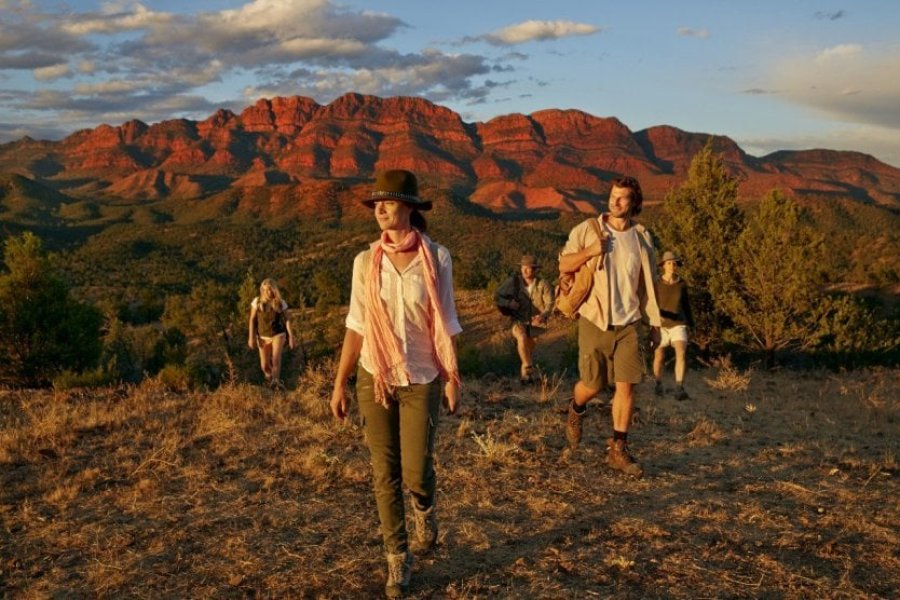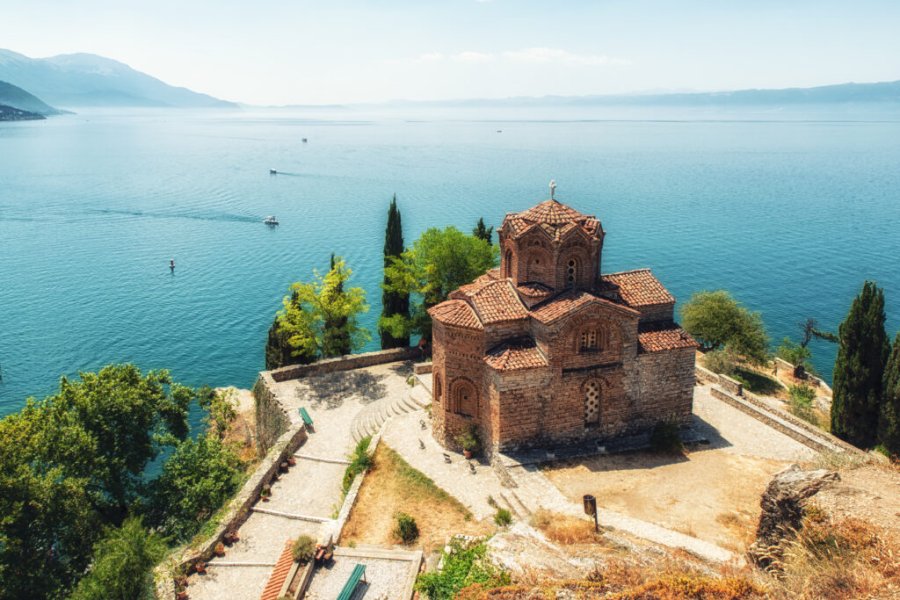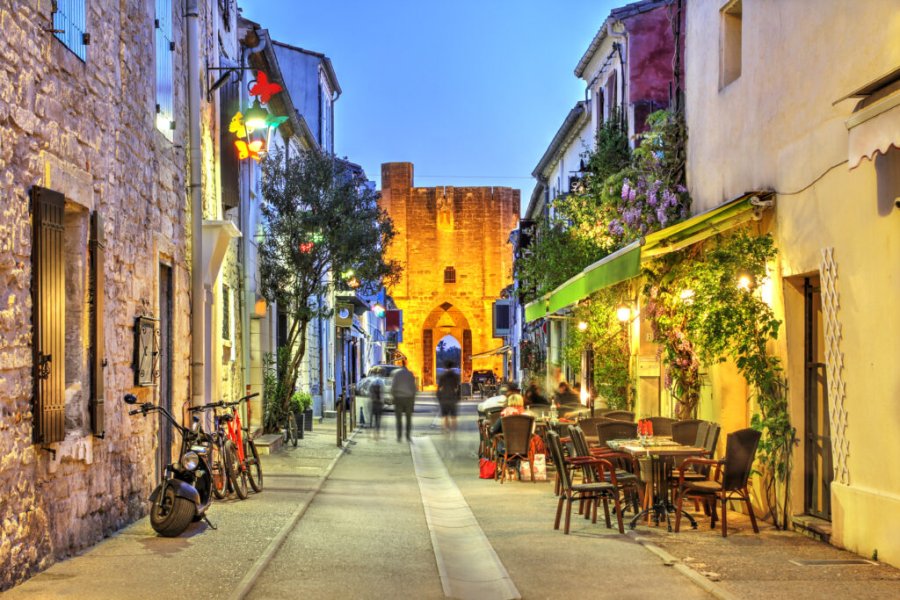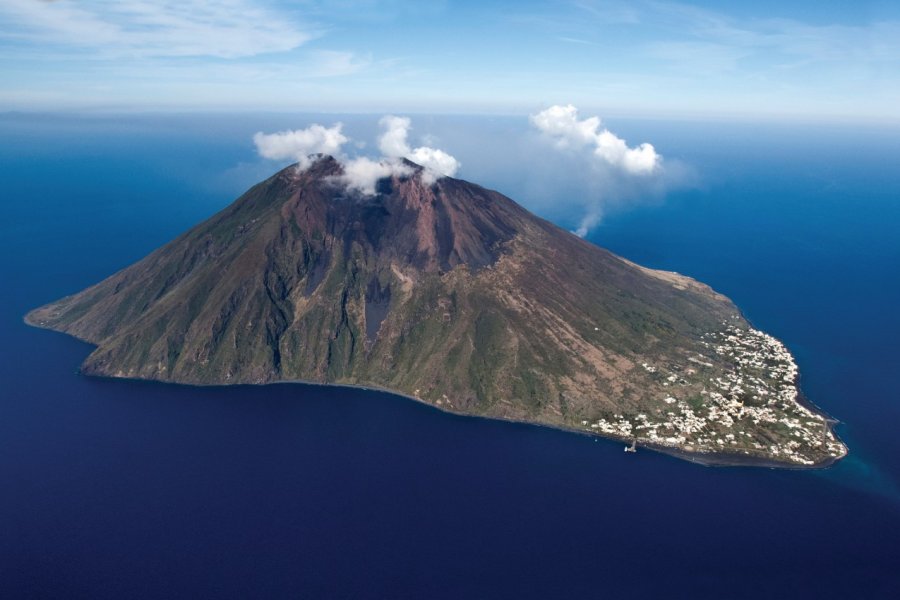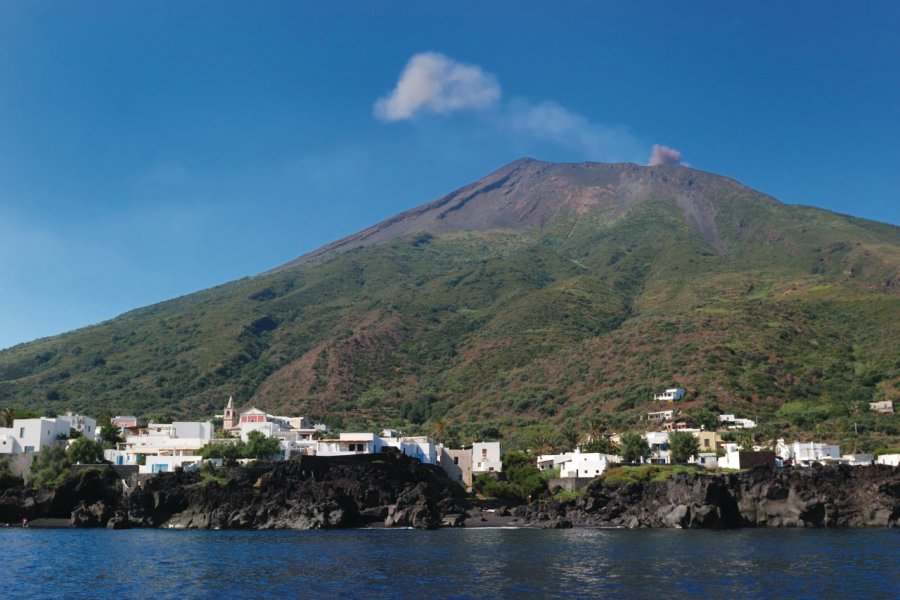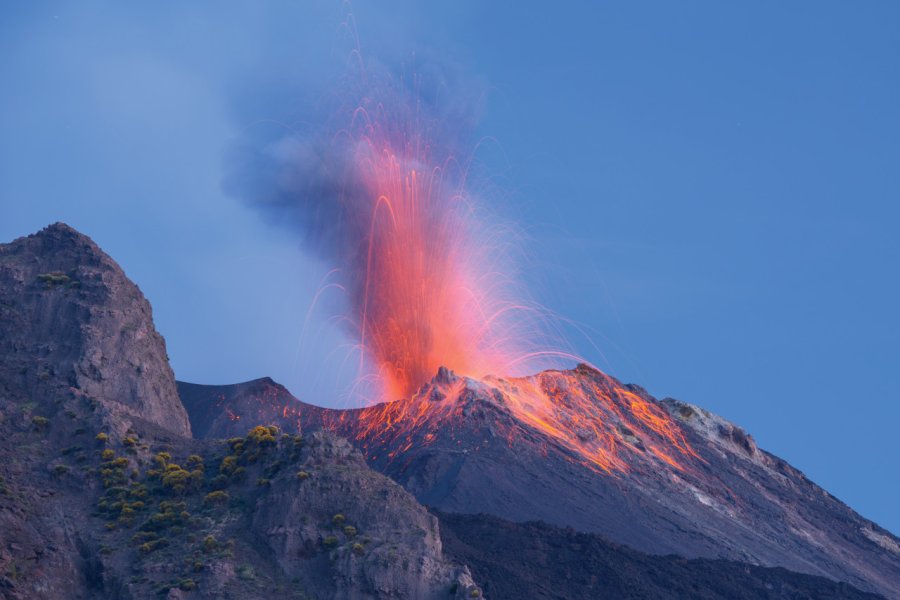Travel Guide Stromboli
Find an accommodation
Advertising
This island, a natural lighthouse of the Tyrrhenian Sea with its summit haloed by fire, is a real phenomenon. Composed mainly of a volcano that has been permanently active for 2,000 to 3,000 years, it draws an almost perfect cone in the middle of the water, hence its name, derived from the Greek Στρογγύλη, stroggulè, which means "round". At night, its volcano, nicknamed Iddu (He) by the islanders who have an ancestral respect for him, invites us to a magnificent show, worthy of all the fireworks in the world. Stromboli has always been of interest. Rossellini dedicated a superb film to it, Stromboli, terra di Dio (Stromboli, land of God) with Ingrid Bergman. But it is also an island full of charm, with white houses contrasting with its surface in gray and black tones, its lush gardens and its small ports with multicolored boats. It consists of the upper part of the volcanic apparatus, whose highest point is Vancori (924 m). The rest of the apparatus is under water and descends to a depth of about 2,000 m. On this side, high rocky walls of black and reddish color, constituted by ancient lava, border the coast. At the foot of the volcano, we find a rather particular configuration. The bottom is black, and when you touch the sand, bubbles appear. But the island has another face: its eastern and southern sides, less harsh, let the greenery spread in places in large patches. There are vineyards, fruit trees, olive trees here and there... The island of Stromboli, which is not very populated, has a population of about 400 people, most of whom live in the villages of San Vicenzo, Scari (where you can disembark by airboat), Piscità and San Bartolo. Ginostra, another hamlet on the west coast, with its few small houses, is a refuge for fishing boats during storms. In the northeast of the island, a castle of volcanic rock called Stromboliccio ("little Stromboli") stands in the sea.Located in the northeast of the island, the eponymous town of Stromboli is formed by the districts of San Vincenzo, Scari, San Bartolo, Ficogrande and Piscità (known for its coves and black sand beaches). From the church of San Vincenzo, which is located at the top of Via Roma in the main square of the town, you can enjoy a magnificent view of the sea and of Strombolicchio (a large rock born of ancient volcanic eruptions). We can only advise you to stay on the island, because the incessant flow of tourists in excursions that disembark in the late afternoon to make a tour of the village before going to see the Sciaca del Fuoco by night on the sea is phenomenal (and tiring). We appreciate to meet in small committee the evening to go to see the incandescent lava.
What to visit Stromboli?
Suggested addresses Stromboli
Weather at the moment
Advertising
Organize your trip with our partners Stromboli
Transportation
Book your plane tickets
Car Rental
Boat rental
Accommodation & stays
Find a hotel
Holiday rental
Find your campsite
Tailor-made trip
Immersion travel
Services / On site
Activities & visits
Find a doctor
Find unique Stay Offers with our Partners
Pictures and images Stromboli
Other destinations nearby Stromboli
5 km away
25 km away






